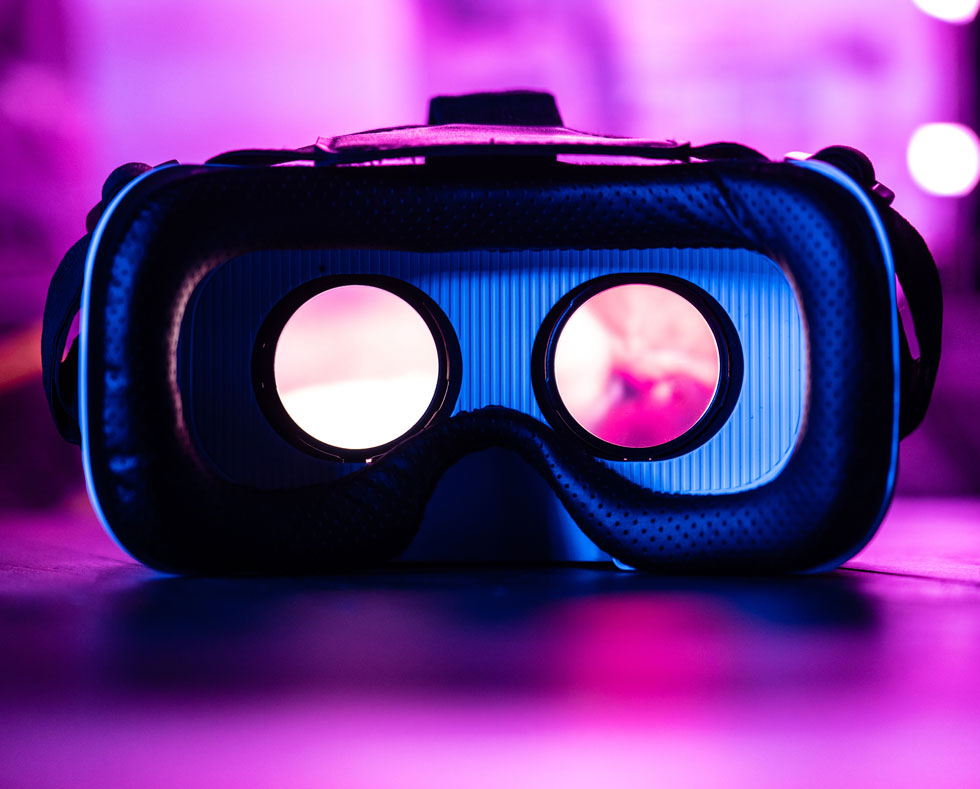What is AR/VR and Mixed Reality?
AR (Augmented Reality), VR (Virtual Reality) and MR (Mixed Reality) together form the “Extended Reality” segment — a family of technologies that mesh with, expand upon, or even serve to somewhat replace our own world with digital elements. AR, VR and Mixed Reality are sensory experiences that broaden our view of the world in a variety of ways and to differing degrees. These include everything from face-morphing social media filters to fully immersive worlds explored through wearable headsets. Here’s the breakdown:
Augmented Reality: This technology supplements our world with digital and informational overlays. It’s a way of building upon the physical world with additional technological capabilities.
Virtual Reality: This is an experience in which the subject is virtually surrounded by an entirely new environment. The most well-known applications in this category are those utilized in the gaming industry with tools like the Oculus VR headset.
Mixed Reality: This version of extended reality, sometimes called hybrid reality, is a more recent development in this category. Think of MR as AR taken one step further — new environments are created by merging digital objects with real ones. These hybrid environments can be explored and interacted with in real time.

How long has AR/VR/Mixed Reality been around?
Although VR, AR and MR have garnered more attention and gained more momentum in recent memory, the idea (and rudimentary executions) of these technologies has actually been around for more than 150 years. Some would say that panoramic paintings and stereoscopes are early interpretations of Virtual Reality. However, contemporary VR as we’ve come to know it really began taking shape in the 1980s.
What are some of the most exciting use cases these technologies will empower?
In truth, there is practically no end to the exciting applications that these world-altering technologies bring to the table. Virtual and augmented realities have the ability to support healthcare workers, educational institutions, tourism and governmental organizations, automotive businesses and more. Advanced medical imaging could potentially help surgeons become more accurate, immersive remote training can help guide greater success in production across a number of industries and more immersive learning opportunities can help create better environments for students across the globe. The only limit is our imagination — and the infrastructure we provide to enable these use cases.
What do these technologies have to do with the data center?
As with many cutting-edge technologies, AR, VR and MR have everything to do with the data center! The data center serves as a foundational, infrastructural support for these capabilities, which have a lot of data and processing demands to maintain their real-time feedback and functionality.
These are technologies that rely on maximized speed and minimized latency — which means that edge data centers are crucial for ensuring ideal data transfer, processing and storage can happen as close to the user as possible. This cuts down on lag, jitter and other experientially damaging results from added latency.
What organizations can benefit most from incorporating AR or VR applications?
Any and all organizations can benefit from AR, VR and MR. Actually, the question today is less about who can benefit and more about how we can ensure everyone can leverage this technology to the extent they want to. Edge data centers and robust networks are in place today, but continuing to problem solve for more Extended Reality applications and more powerful infrastructure will be key to making these technologies accessible and utilized to their fullest extent.
How is 1623 Farnam supporting technology development in this sector?
To drive ongoing collaboration and advancement in the field of Extended Reality, 1623 Farnam is participating in an Augmented Reality and Virtual Reality (AR/VR) Developer Challenge. This challenge is in conjunction with the UNMC – iEXCEL, University of Nebraska, Greater Omaha Chamber, Omaha Metropolitan Community College, AIM Institute, KC Digital Drive, T-Mobile and US Ignite.
To learn more about this event, which brings together innovative ideas, cutting-edge concepts and a problem-solving ecosystem of AR/VR solutions, read our press release here.

